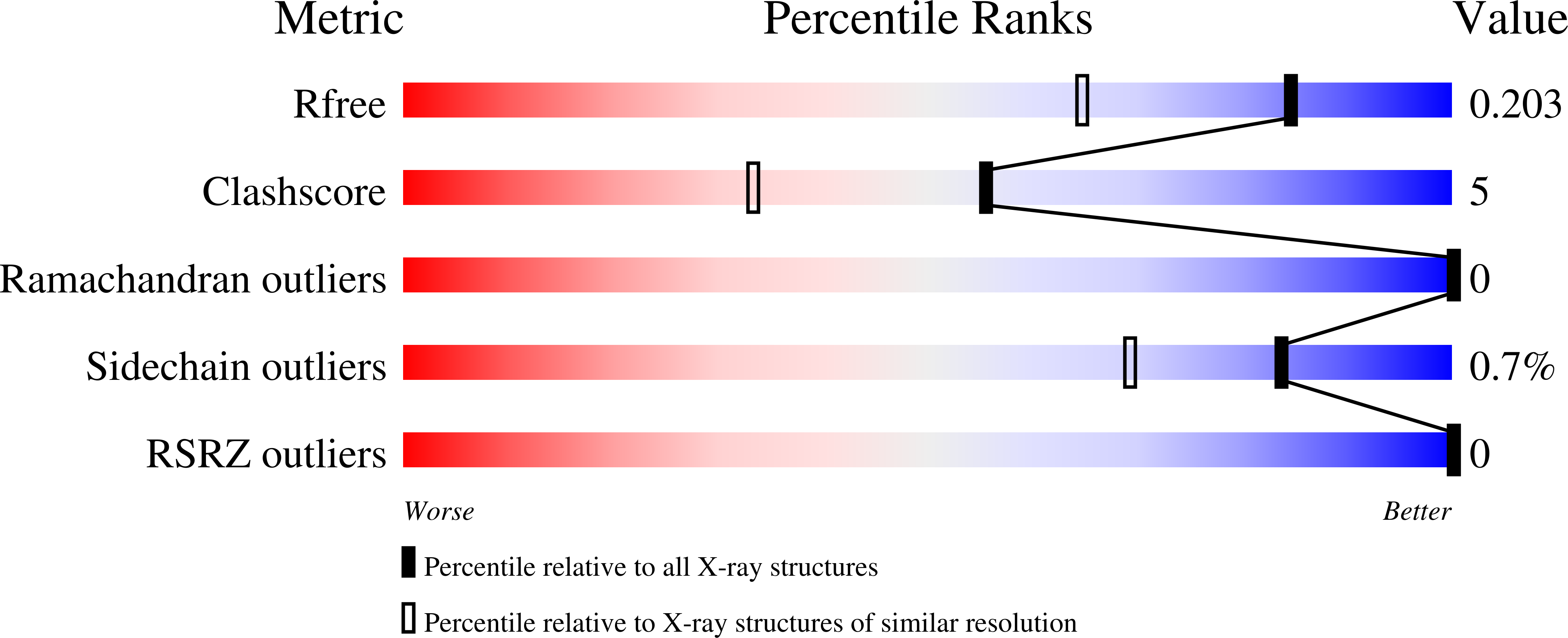
Deposition Date
2020-07-15
Release Date
2021-04-07
Last Version Date
2024-10-16
Entry Detail
PDB ID:
6ZS1
Keywords:
Title:
Chaetomium thermophilum CuZn-superoxide dismutase
Biological Source:
Source Organism:
Host Organism:
Method Details:
Experimental Method:
Resolution:
1.56 Å
R-Value Free:
0.20
R-Value Work:
0.17
R-Value Observed:
0.17
Space Group:
P 61


